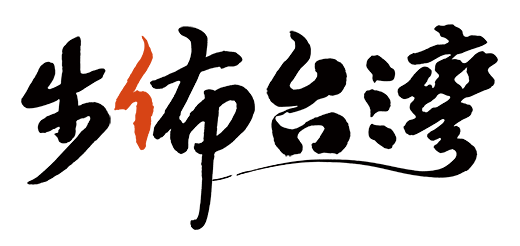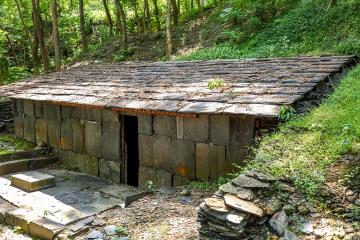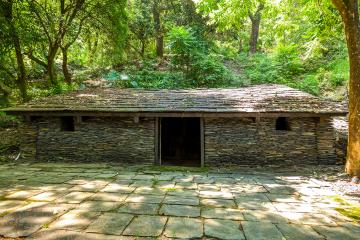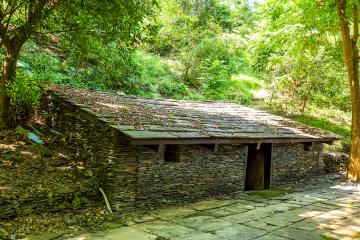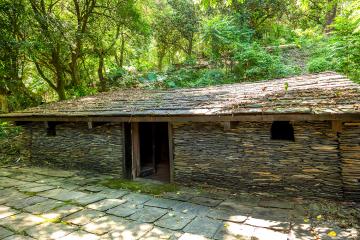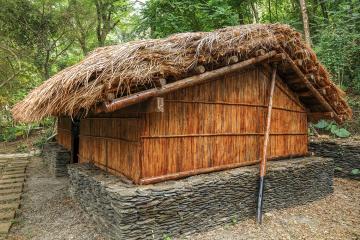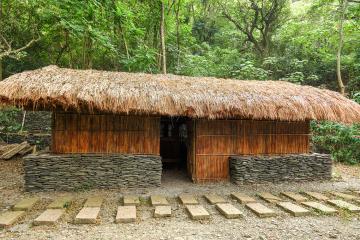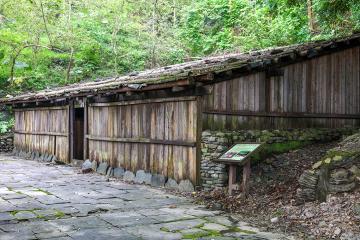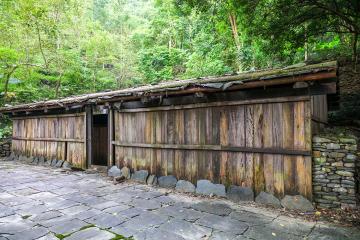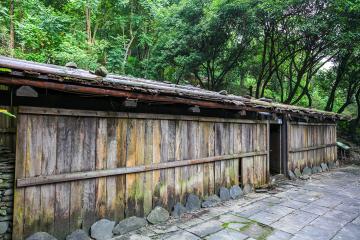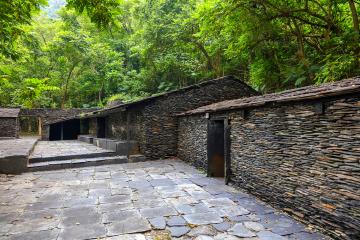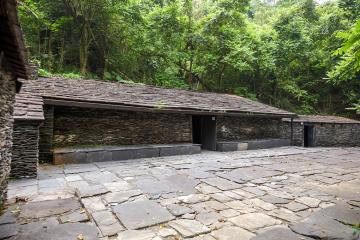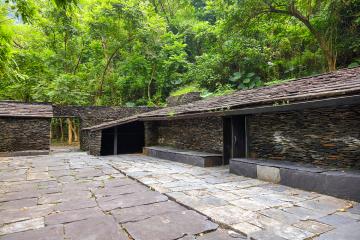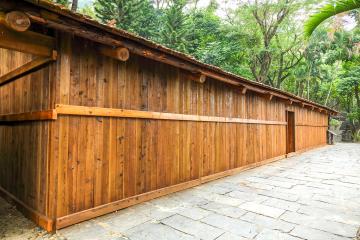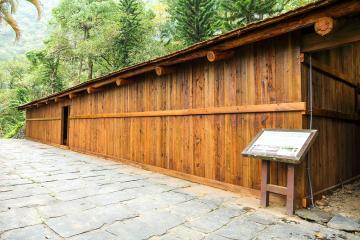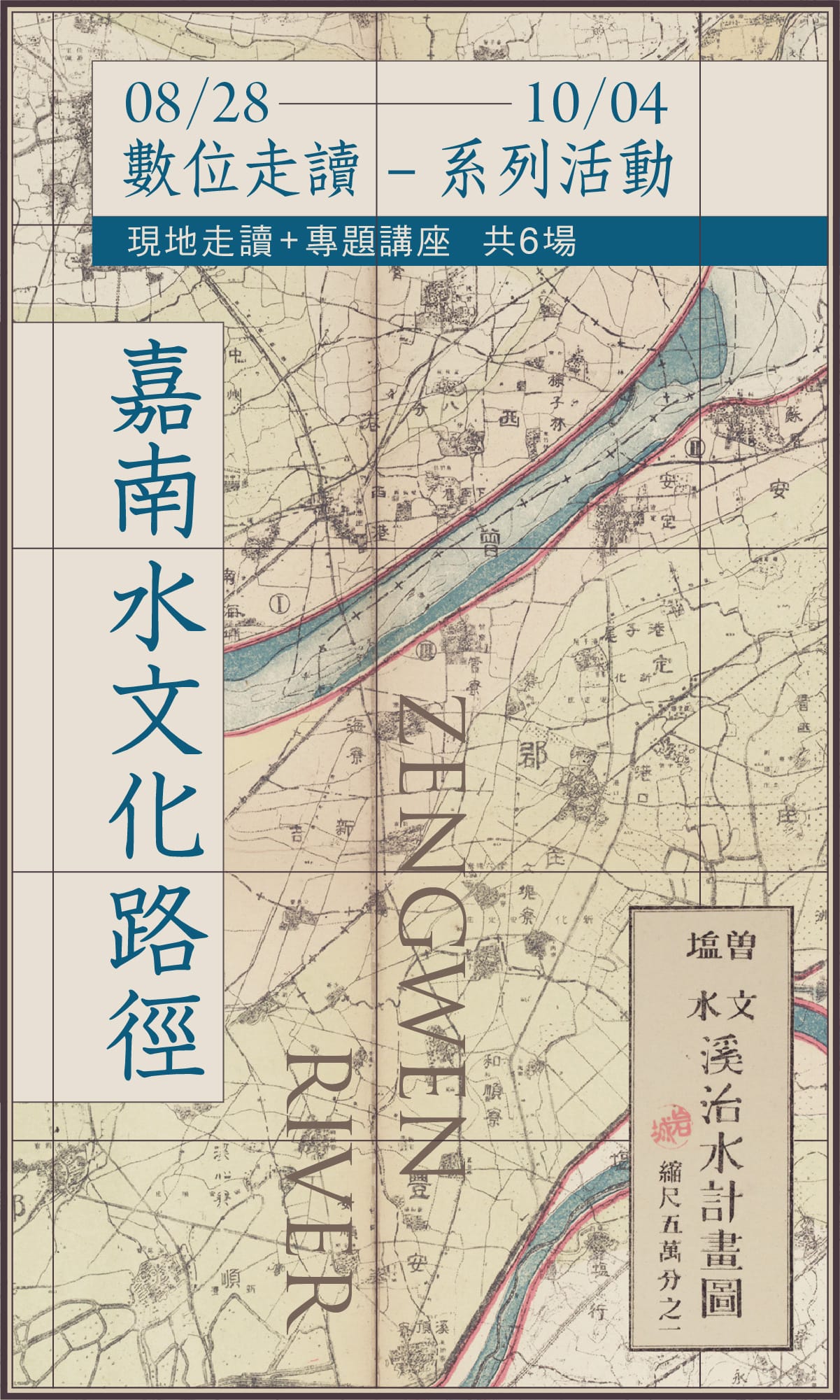景點介紹
布農族主要分佈在埔里以南中央山脈及其東側,傳統住居地分佈在500至3000公尺之間,是臺灣原住民住居地最高的民族。傳統房屋材料包含板岩、木材、茅草、藤皮和檜木皮,並以板岩屋和檜木皮屋最具特色。
布農族傳統住屋窗戶少,建築低矮封閉,易於禦敵防獸;住家建築型態完備,除主屋外,有獨立的雞舍、豬舍,部落領袖的家屋旁還有敵首棚架。
布農族係山田燒墾與狩獵維生,因山田燒墾面積廣大,而出現散居的形式,農作與狩獵又需要較多勞力,大家庭制度應運而生。
該族是以男性(父親)為主的社會體系,子女們依興趣與專長各司其職。因此,一個布農住家常由幾個小家庭合組,也比其他族群大得多。
Bunun people are mainly distributed in the north, south and east of Puli Township, with traditional territory ranging from 500 to 3,000 meters above sea level. Hence, they are the highest-inhabiting ethnic group in Taiwan. Traditional building materials included slate stones, timber, thatch and rattan. Traditional Bunun houses have few windows and sit low on the ground to defend from dangerous creatures. Other than the main dwelling, there are separate chicken coops and pigsties. There is even a shed for placing enemies’ heads at the chief’s house.
Bunun people lived off agriculture and hunting. The slash and burn agricultural system required a large scale of land, which resulted in people living far apart. However, farming and hunting require a lot of labor, and so the people developed a system of extended family.
Bunun has a patriarchal society, and each child grows up with an interest or profession in different fields. Therefore, a Bunun dwelling usually consists of many small families, which are much larger than other ethnic groups.
良久社住家
此家屋建材全為石板,大門開於正面中央,有寬廣的前庭,四周建有成凹字形的石板低矮靠背座椅,將住家部份正面與外界區隔。
前庭用以聚會及進行儀式,雞舍獨立於住屋前庭之外。
進入大門後,有一大穀倉,旁堆材薪。大門左右兩側各有床鋪,後各有一爐灶。
Traditional House in Liangjiu Village
This traditional house is constructed using slate stones. There is a wide courtyard with slate benches around the house outside for gatherings and worship. There are chicken coops outside the courtyard.
Entering the house from the front door there is a big grain storage, one bed on each side of the house, and a firepit next to it.
中心崙住家
外牆以小塊頁岩石板堆砌,與良久社矩形石板牆有所差別,但室內空間配置相同。該住家建於較平坦的地面上,屋外左右兩側放置材薪及雜物;左側爐灶上有三層棚架,放置陶罐、食器與小米,便於婦女就近拿取。穀倉位於屋後,佔室內空間三分之一。
Traditional House in Zhongxinlun Village
The walls of this house are constructed with stacked slates, and are built on relatively flat ground. There is a three-layer shelf above the stove on the left, where pots, utensils and millet are placed. The barn is located at the back of the house, which occupies one third of the interior space.
梅蘭社住家
屋頂覆以茅草,四周牆壁由竹條整齊排列後,再縛以竹片增加強度建成,兩側的牆壁未與屋頂緊密接台,增加屋內約亮度,惟冬天較為寒冷,屬較晚期的建築。
Traditional Houses in Meilan Village
This house has a thatched roof and neatly-arranged bamboo walls. The walls on both sides are not joined to the roof, which allows light into the house. However, it can be relatively cold during winter.
利稻社住家
為多種材質建造之橫向長條形家屋,前庭與屋內均舖設土石板,屋後背面以石砌壁,側牆石砌至腰,上築木板,正面全以木板拼成,屋頂以檜木皮鋪面,上壓石塊。
Traditional Houses in Lidao Village
This longhouse is built with a variety of materials, such as slate tiles for the courtyard and floor, slab stones for the back walls, planks of wood for the facade, and cypress bark for the roof that is then stacked with pieces of stones.
卡內特灣社住家
屬石板建築,為目前所知設備最完善的住家。從外觀之為高3公尺、厚1公尺具有防禦功能的圍牆,隱密性極佳。進入後,右側為開放式儲物間,左側仍是高聳石牆,再經過一入口,才得見寬闊前庭。左側有一工作室,主屋前簷下有成排石板坐椅,旁有一附屬小屋。
Traditional Houses in Qanituan Village
This is a slate building and the most well-equipped one known so far. It has a 3 meter high, 1 meter thick fence wall for high security. After entering through the fence, there is an open-style storage room. Walking through another fence and there is the courtyard. The work shed is on the left, and in front of the main house is a row of slate benches.
梅山社住家
為橫向長條家形的家屋。大門左右兩側各有成排寢室,屋後左右兩側亦各有一間靠牆寢室。穀倉占室內1/3的空間,顯見族人對農作之重視;爐灶上有窗戶,是光線主要來源;屋內以灶為中心,是用餐閒聊的場所。
Traditional Houses in Meishan Village
This longhouse has rows of bedrooms on both sides of the main entrance, and a bedroom on each side of the walls at the rear of the house. The grain storage occupies 1/3 of the interior space, which shows that the people placed importance on farming. The main source of light comes from the windows above the stove.
撰稿者:原住民族委員會原住民族文化發展中心
景點地圖
精彩照片

